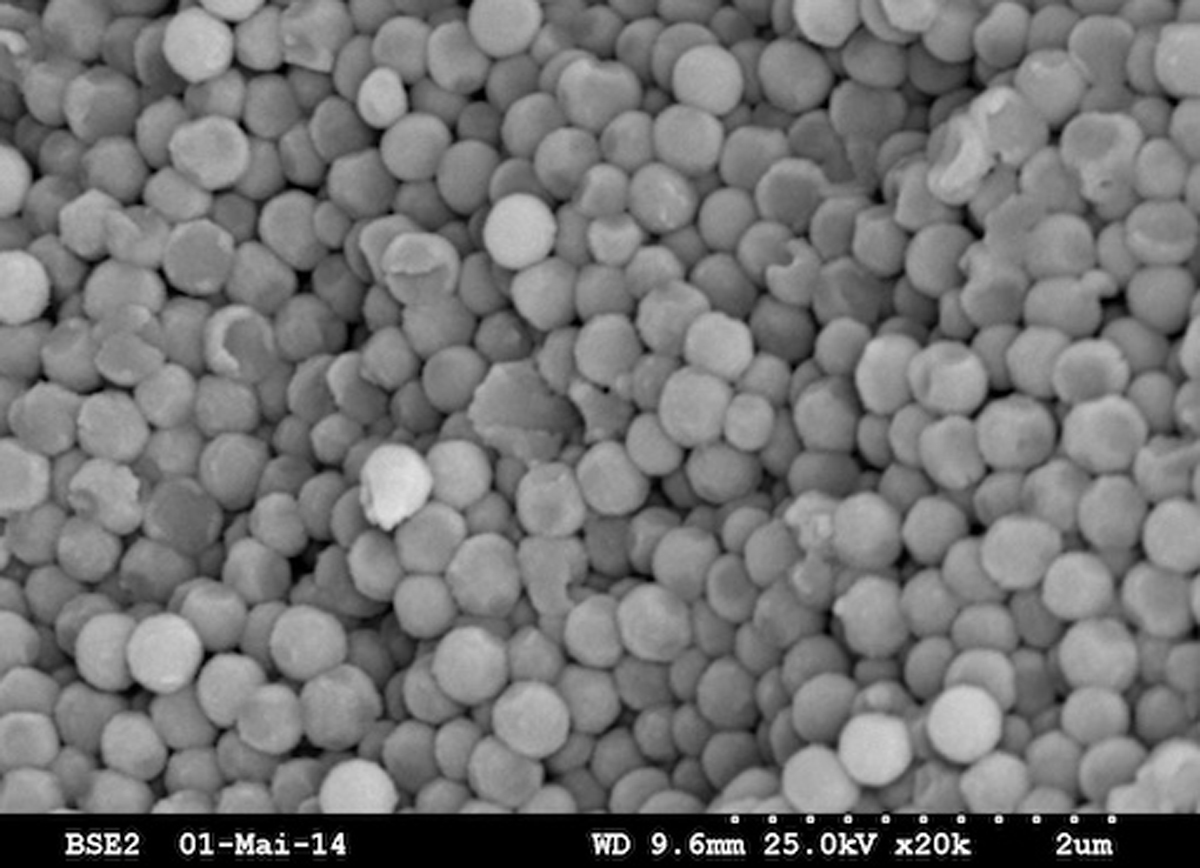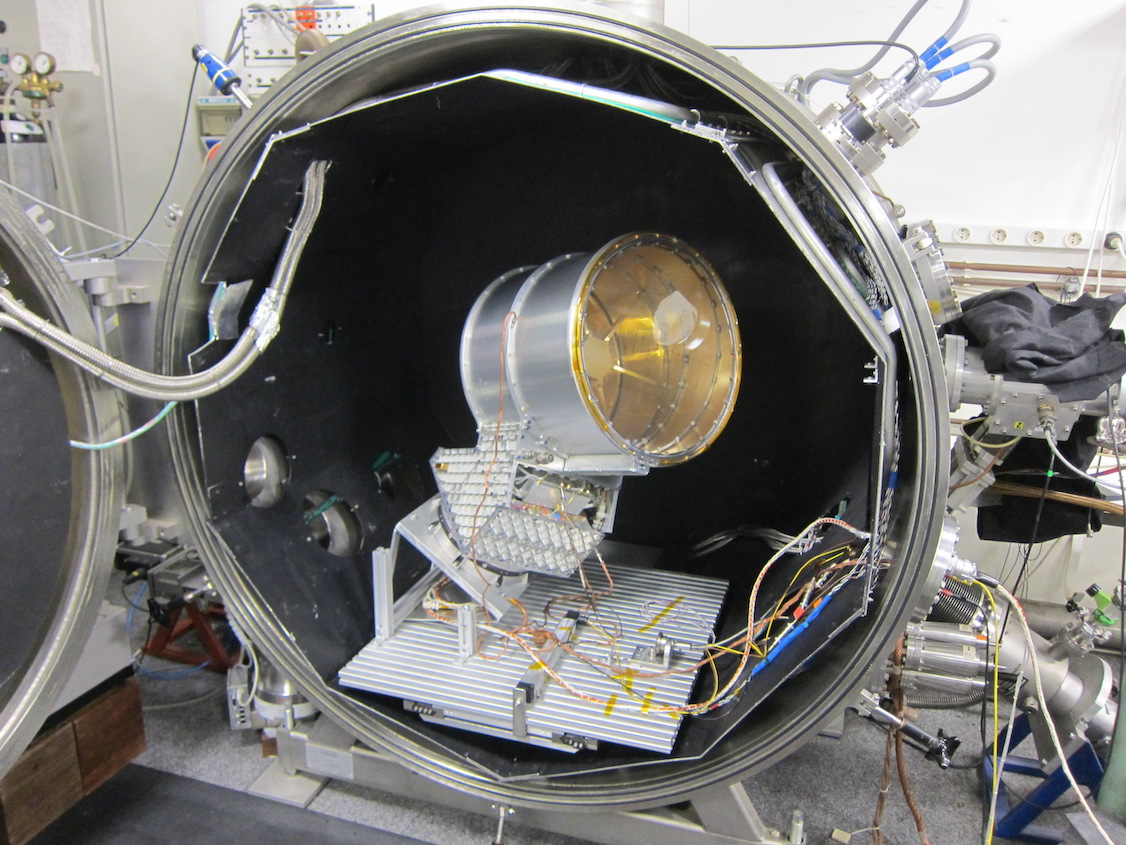New publication about impact ionization with compact and fluffy dust particles
We published a new paper about high-velocity impact ionization experiments that have been conducted at the former Heidelberg dust accelerator facility. The work is important for a fundamental understanding of the dust impact ionization process, and therefore also for investigating the interstellar dust particle size distribution and for other types of porous dust.
The paper discusses the results from high-velocity impact ionization experiments that have been conducted at the former Heidelberg dust accelerator facility between 2013 and 2015. Impact ionization of high-velocity cosmic dust particles has been used as a basic measurement principle for dust detectors in space for many decades. It has provided optimum means to gain insight into the dust environment in the solar system. The Ulysses Dust Detector System provided for the first time impact ionization-based detection of interstellar dust in the solar system and discovered surprisingly heavy dust particles with sizes up to a few microns. Studies based on astronomical observations of the local interstellar medium, on the other hand, suggested a much smaller upper limit of around 0.25 micron (silica) or 1 micron (graphite) for the size distribution of interstellar dust particles. In this work, we investigate if low-mass fluffy or porous dust particles may mimic the impact signals of heavier compact particles.
This could result in an overestimation of the mass of porous or aggregate cosmic dust particles, and therefore explain the discrepancy between in situ measurements and astronomical observations. Our results indicate differences in the collected total amount of impact charges and how quickly the charges are collected by the detector, between impacts from compact particles and their non-compact counterparts. However, our study indicates that fluffy particles generate less ions upon impact than their compact counterparts, which is opposite to the proposed explanation for heavy dust particles. Thus, the results imply that the previously detected «heavy» interstellar dust particles may be real and possibly even heavier. If confirmed by future experiments with improved dust analogs and for various velocities and masses, the results of this study could profoundly impact our knowledge about the mass distribution of the interstellar dust and the gas-to-dust mass ratio in the very local interstellar medium. The study is also relevant for measurements of various types of interplanetary dust (e.g. cometary dust) with impact ionization detectors.
Link to the external page paper

